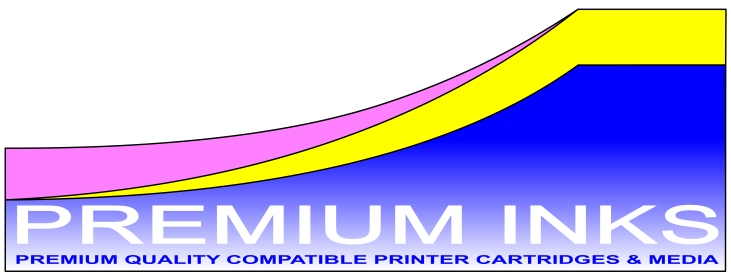Continued from Best Printer to Refill - Part 1
Second part of the article looking for the best and cheapest printer to refill. We look into the history of refilling ink cartridges and the technology surrounding it.
All of these tactics by printer manufacturers contributed to causing confusion among the refilling community. Many conceded defeat, or looked for alternatives methods of cheap printing. For example, Lexmark made some of their printer cartridges impossible to be recycled. This may have contributed to the decline of their domestic printer sales, prompting them to almost drop out of the home printer market? It is unfair to speculate without the facts and figures, but it can be certain that printer manufacturers need to get the balance right when it comes to the limitations they impose on refilling their cartridges.
In the past loyalty came from low running costs, so it will be interesting to see how the introduction of chipped cartridges will hamper Brother's market share over the next few years? Since they introduced microchips to their cartridges, their domestic printers have partially left the mainstream, becoming niche products. Prices of their printers have risen, making them more expensive than comparable models by other manufacturers, and less attractive to the slightly budget conscious consumer. Progressively, Brother seem to be looking for a niche in the market, offering different features like A3 printing on cheaper models. It also seems their loyal customers are content paying a little bit extra for their hardware. However, it must be said that Brother produce some attractive printers with useful features. Maybe it is worth paying slightly more money for better build quality and reliability? Particularly as prices are still much lower and specifications higher than fifteen years ago.
Canon have been consistent over the years offering two types of inkjet printers. The cheaper models using two cartridges, a black and a colour, both with built-on print heads. Having the printer heads attached to the cartridges instead of the printer means that you get a new print head each time you buy a new cartridge. Unfortunately these cartridges can be expensive because of this attached print head, and they do not hold very much ink. Canon are the only company who manufacture the print heads, so there is a lack of competition in the area, but Canon should be congratulated for allowing their printers to accept refilled cartridges, even though you have to disable the ink monitor each time. So refilling and recycling makes terrific financial and environmental sense.
I would never recommend buying a two cartridge Canon printer with the intention of refilling the cartridges. The cartridges are not really designed too be refilled, and you will need to buy a dedicated refill kit to perform regular and successful refills. This type of printer is ideally suited to the occasional printer user.
Refill instructions can be found on-line; so can ink refill kits specific to refilling Canon cartridges.
Part 1, Part 2, Part 3, Part 4, Part 5, Part 6
All brand names and trademarks are the property of their owners and are used for descriptive purposes only.

